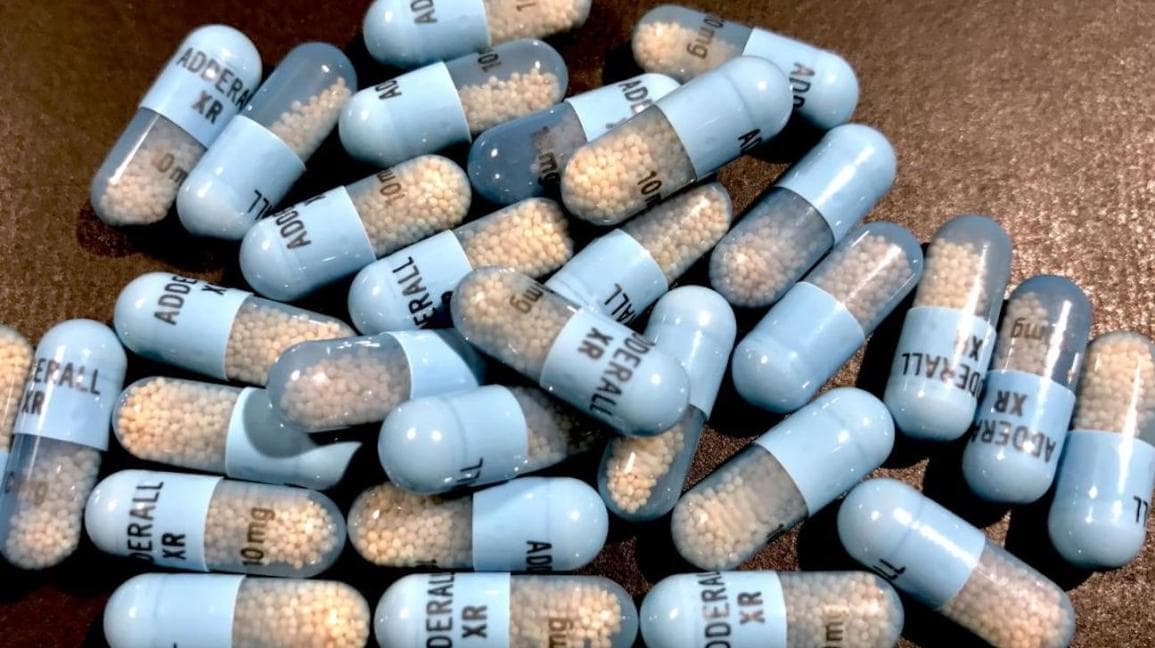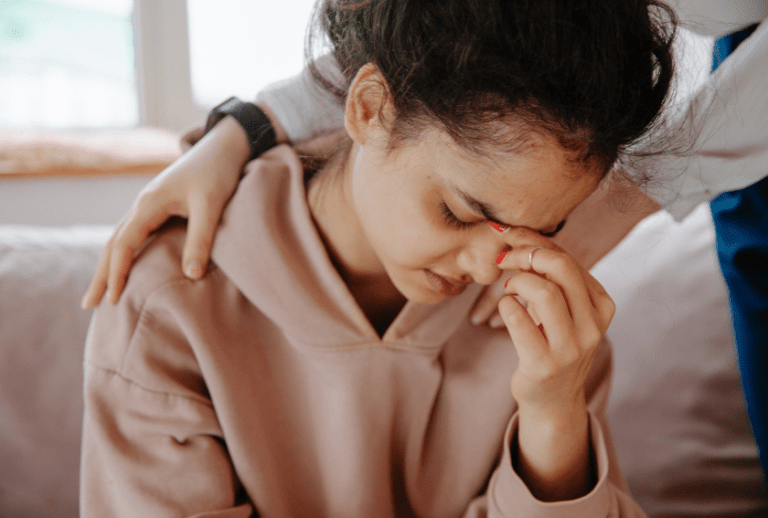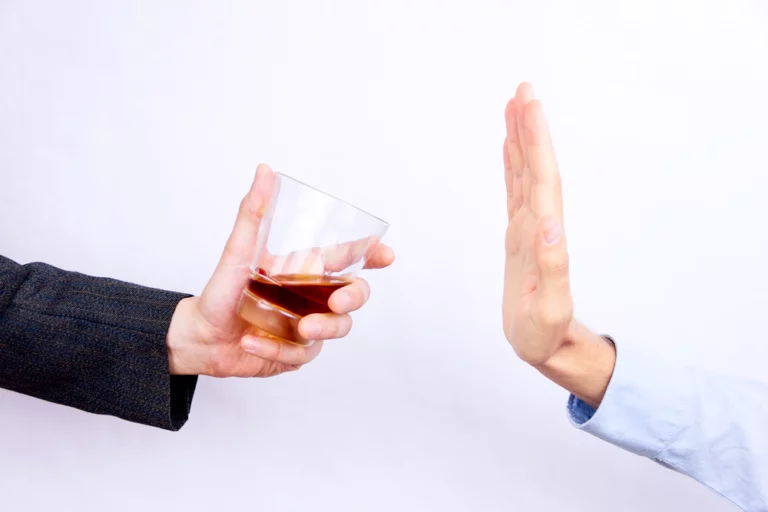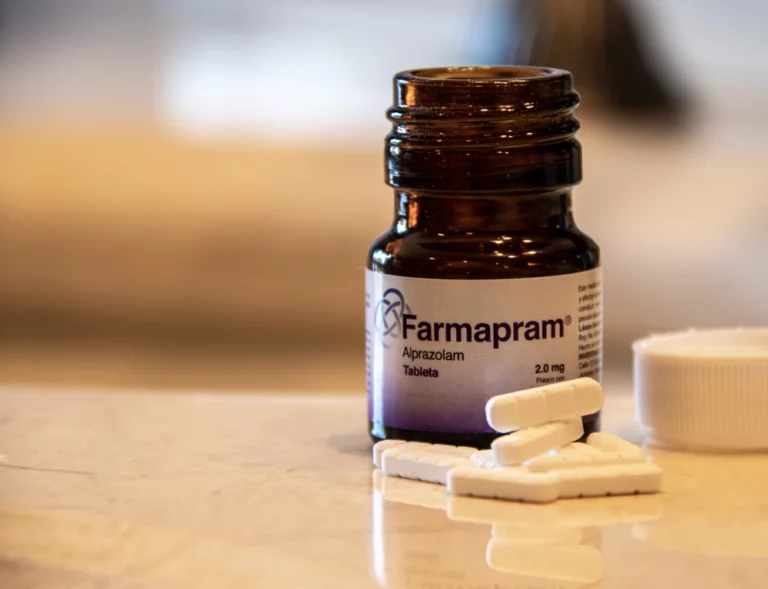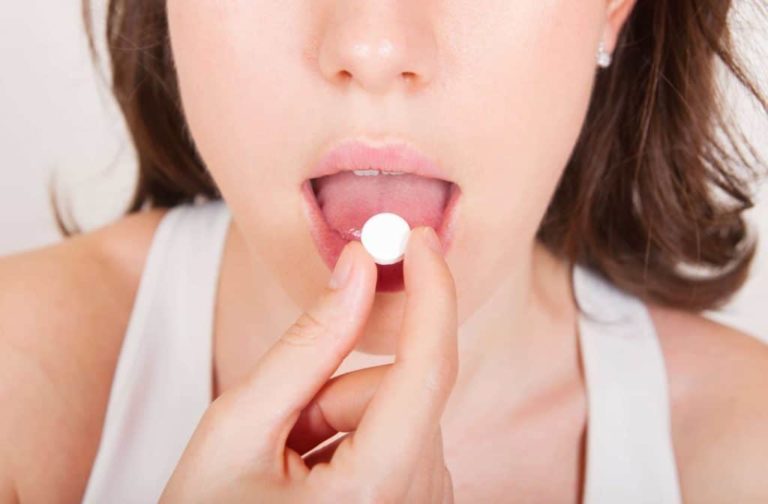The Dangers of Vyvanse Abuse
Vyvanse is a prescription medication that is used to treat adults with attention-deficit hyperactivity disorder (ADHD). It is classified as an amphetamine. Vyvanse works by restoring the chemical imbalance in the brain. When this occurs, it helps people with ADHD focus and control their impulse control.
Normal adults without ADHD can also restore their chemical balance with antidepressants, such as Prozac, Wellbutrin, or Lexapro. However, these other antidepressants are not used to treat ADHD. Prescription amphetamines, such as Vyvanse, are not for everyone. They can have side effects, as well as the dangerous potential for abuse and dependence. Let’s take a look at the dangers of abusing Vyvanse.
What Does Vyvanse Treat?
Vyvanse is used to treat ADHD, as well as other conditions. People with ADHD have problems concentrating and focusing because they are hyperactive. Vyvanse helps people with ADHD control their impulsivity and focus on the task at hand.
People who don’t have ADHD can take antidepressants to restore the chemical imbalance in their brain to help them concentrate better and maintain impulse control. However, these drugs are not used to treat ADHD. Amphetamines like Vyvanse are not for everyone. They can come with side effects or even lead to abuse and dependence.
Signs of Vyvanse Abuse
There are a few signs to look for when you think someone is abusing Vyvanse. The most obvious sign of Vyvanse abuse is that the person is taking too much of the drug. Doctors recommend only taking 60 mgs per day, but some people will take more than this. The side effects of this can be extreme dehydration, dry mouth, and heart problems. Another sign of Vyvanse abuse is that the person is taking it more often than prescribed by their doctor. This can cause a tolerance to develop in the patient and lead to withdrawal symptoms if they stop taking it all together or try to cut down on dosages.
Finally, one tell-tale sign of Vyvanse abuse is if they’re spending a lot of time at work trying to satisfy their craving for the drug. Addicts will often have cravings for amphetamines like Vyvanse, which makes them focus on obtaining the drug rather than other obligations they should be fulfilling.
Vyvanse Side Effects
One of the most common Vyvanse side effects is the “high.” This side effect can make a person feel euphoric and energized after taking the drug. It can also cause a person to become irritable, more impulsive, and less sleep-deprived. Another Vyvanse side effect is insomnia, which often occurs when a person feels too alert to sleep. This can be due to the overstimulation of their brain as well as an inability to relax enough. Other notable Vyvanse side effects are loss of appetite, weight loss, dry mouth, stomach pain, and headache.
Dangers of Vyvanse Abuse
The National Institute on Drug Abuse (NIDA) states that the more pills a person takes at one time, the greater their risk of overdosing. It is possible to overdose on Vyvanse by taking too many pills in a short amount of time. Vyvanse abuse can lead to addiction. When someone abuses Vyvanse, the levels of dopamine in their brain can be altered. Dopamine is a hormone released when we experience satisfaction, pleasure, or pain.
When you abuse Vyvanse, your body can experience withdrawal from not having enough dopamine- which is what happens when you try to stop abusing drugs like Vyvanse. Dependence often occurs when a person takes larger doses of the drug more frequently than what is prescribed over an extended period of time. Withdrawal symptoms vary depending on how long you have been taking the drug and how much you take each time.
Some withdrawal symptoms associated with Vyvanse abuse are mood swings, aggression, anxiety attacks, changes in appetite and sleep patterns, fatigue, irritability, and depression. Patients who want to stop taking Vyvanse need professional help from medical professionals to safely withdraw from it without experiencing any negative side effects or withdrawal symptoms.
How to Quit Vyvanse
If you are abusing Vyvanse and want to quit, there are a few ways you can do so. The most common approach is to taper the dosage. You would start by taking a reduced dose for 7 days, taper it down to half the original dose for 14 days, then discontinue use completely. Alternatively, if you have a lot of Vyvanse left over, you could skip the tapering process and go right to stopping Vyvanse completely. If you abuse Vyvanse every day and suddenly stop taking it cold turkey, withdrawal symptoms may occur: Confusion -Irritability -Depression -Anxiety -Difficulty concentrating
Trust Oasis Recovery
Addiction and mental health disorders can affect anyone. If you or a loved one are currently living with one of these issues, help is available! We encourage you to reach out to the professionals at Oasis Recovery to learn more about our personalized treatment programs and mental health services. Oasis Recovery was founded from firsthand experience of addiction and recovery, with a mission of providing a space where people can heal from addiction in a compassionate, creative, open-minded, and heart-centered environment. We believe recovery is always possible. Our experts work with you to design a treatment plan that fits your needs. Common treatment programs include:
- Intensive Outpatient Programs (IOP)
- Full-time Addiction Treatment on campus
- Aftercare Services
Contact us today for more information about how our programs and services can help you get your life back on track. You no longer have to struggle with this on your own. We are here to help.



